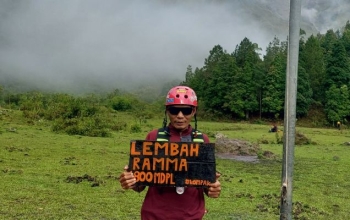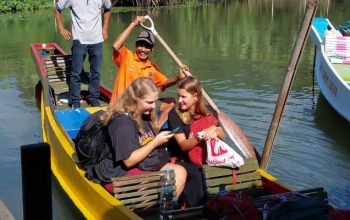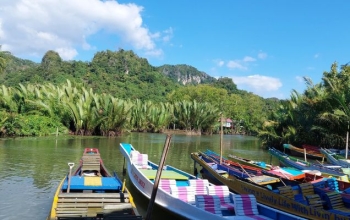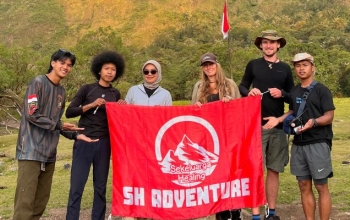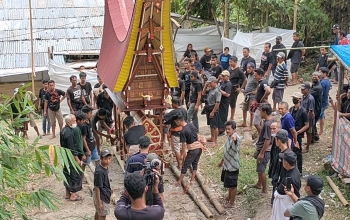- Selamat datang, silahkan pilih destinasi tujuan Anda, Kami dengan senang hati akan memberikan service terbaik.
Nestled in the heart of the lush highlands of South Sulawesi, Indonesia, Londa Toraja stands as one of the most captivating and mysterious cultural destinations in the country. Known for its ancient burial caves, hanging coffins, and breathtaking natural landscapes, Londa offers travelers a glimpse into the rich spiritual traditions of the Torajan people—a community that blends deep respect for ancestors with remarkable artistry and devotion. Visiting Londa is more than just a sightseeing experience; it’s a journey through history, belief, and the timeless bond between life and death.
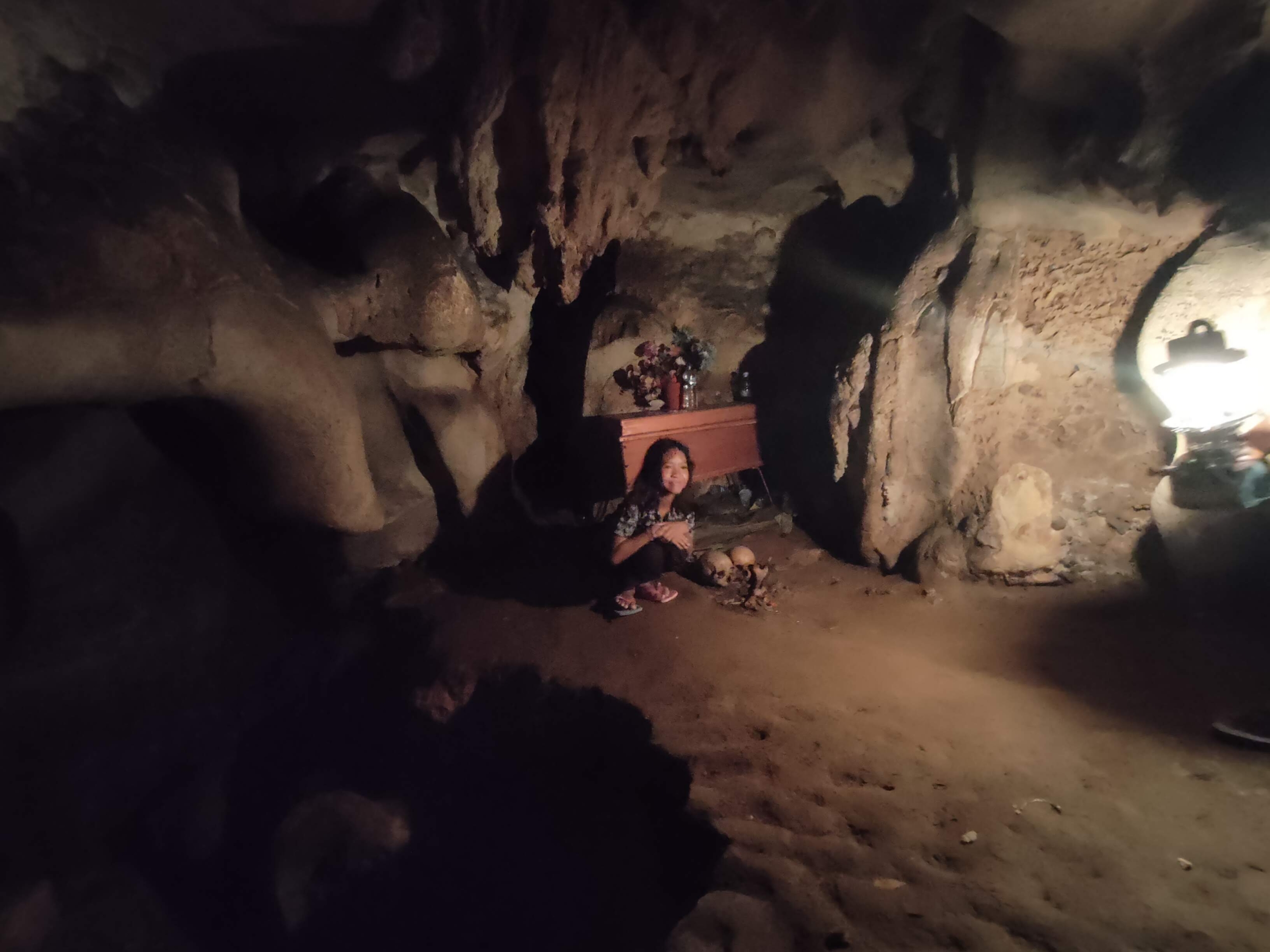
In this article, we will explore in detail how to reach Londa Toraja from Makassar, what makes this site extraordinary, and what other destinations you can explore nearby. Whether you are a cultural traveler, nature enthusiast, or photographer, Londa Toraja promises an unforgettable journey into the soul of Sulawesi.
From Makassar to Toraja: The Journey Begins
The adventure to Londa Toraja usually begins in Makassar, the capital city of South Sulawesi and home to Sultan Hasanuddin International Airport (UPG). This airport is well-connected with daily flights from major Indonesian cities such as Jakarta, Bali, Surabaya, and Manado.
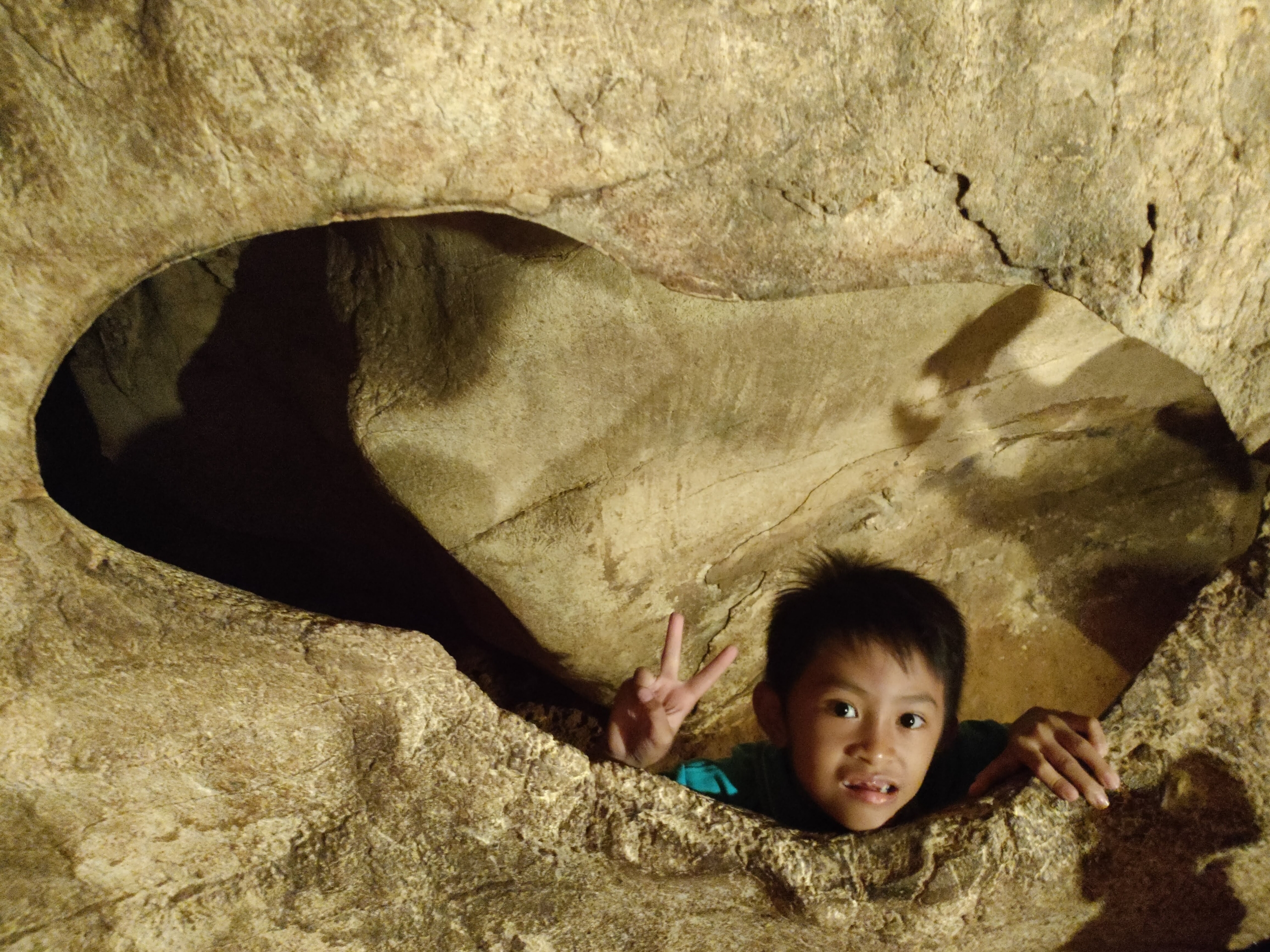
Once you arrive at Sultan Hasanuddin Airport, you have two main options to reach Tana Toraja—by land or air.
1. By Land: The Scenic Road to the Highlands
Traveling by land from Makassar to Toraja is a popular choice for adventurers who love scenic drives. The distance is approximately 320 kilometers, and the journey takes around 8 to 9 hours by car or bus. Although it may sound long, the route is incredibly rewarding.
As you leave Makassar, the road winds through charming coastal towns, lush rice fields, and rolling hills. You can stop for local delicacies such as Coto Makassar, a famous beef soup, or Pisang Epe, grilled banana served with palm sugar sauce. Midway, the city of Pare-Pare is a great stop to rest and enjoy seaside views before continuing the climb toward the cool mountain air of Tana Toraja.
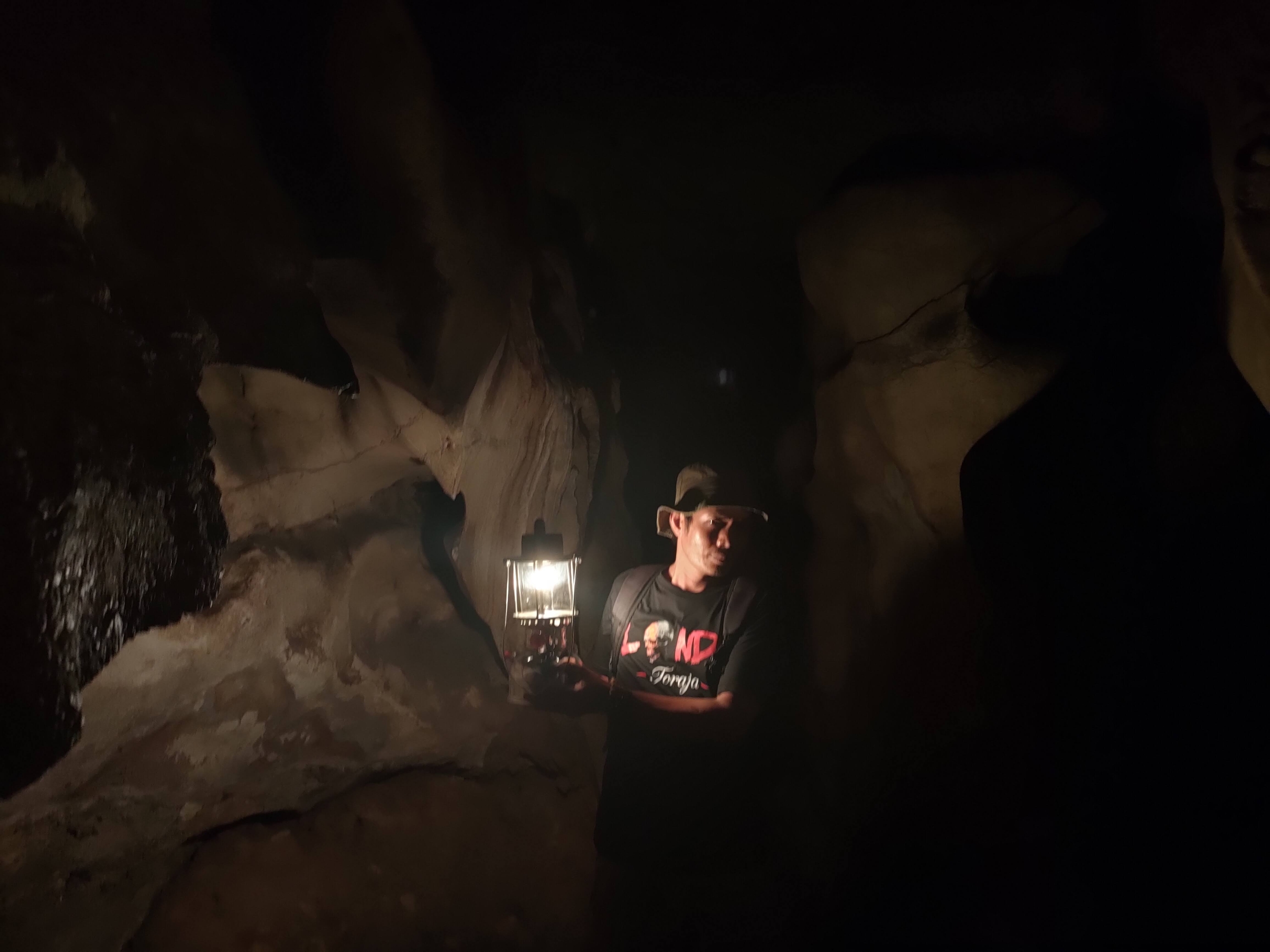
Public buses and private vans (locally called Kijang travel) operate daily between Makassar and Rantepao, the main town of Toraja. Reputable operators like Bintang Prima, Litha & Co, and Metro Permai offer comfortable night buses with reclining seats and air conditioning.
2. By Air: The Quick Gateway to the Highlands
For travelers who prefer speed and convenience, domestic flights are available from Sultan Hasanuddin Airport to Pongtiku Airport in Rantepao. The flight takes about 50 minutes, followed by a 15–20-minute drive to reach the town center.
However, flight schedules can vary depending on weather and demand, so it’s advisable to check in advance. While more expensive than the bus, this option is ideal for those who wish to save time and enjoy more of Toraja’s attractions.
Reaching Londa from Rantepao
Once you arrive in Rantepao, the cultural capital of Tana Toraja, reaching Londa is easy and straightforward. Londa is located about 7 kilometers south of Rantepao, in Sandan Uai Village, Sanggalangi District.
You can hire a local driver, rent a motorbike, or even join a guided cultural tour that includes Londa as part of a day trip. The journey from Rantepao to Londa takes around 15 to 20 minutes by road, passing through rolling hills, rice terraces, and small Torajan villages adorned with the traditional Tongkonan houses—iconic wooden homes with curved roofs resembling buffalo horns.
As you approach the Londa site, you will notice limestone cliffs rising dramatically from the green landscape. A small parking area and ticket booth welcome visitors at the entrance. From there, a short walk leads you into the sacred world of Toraja’s ancient burial caves.
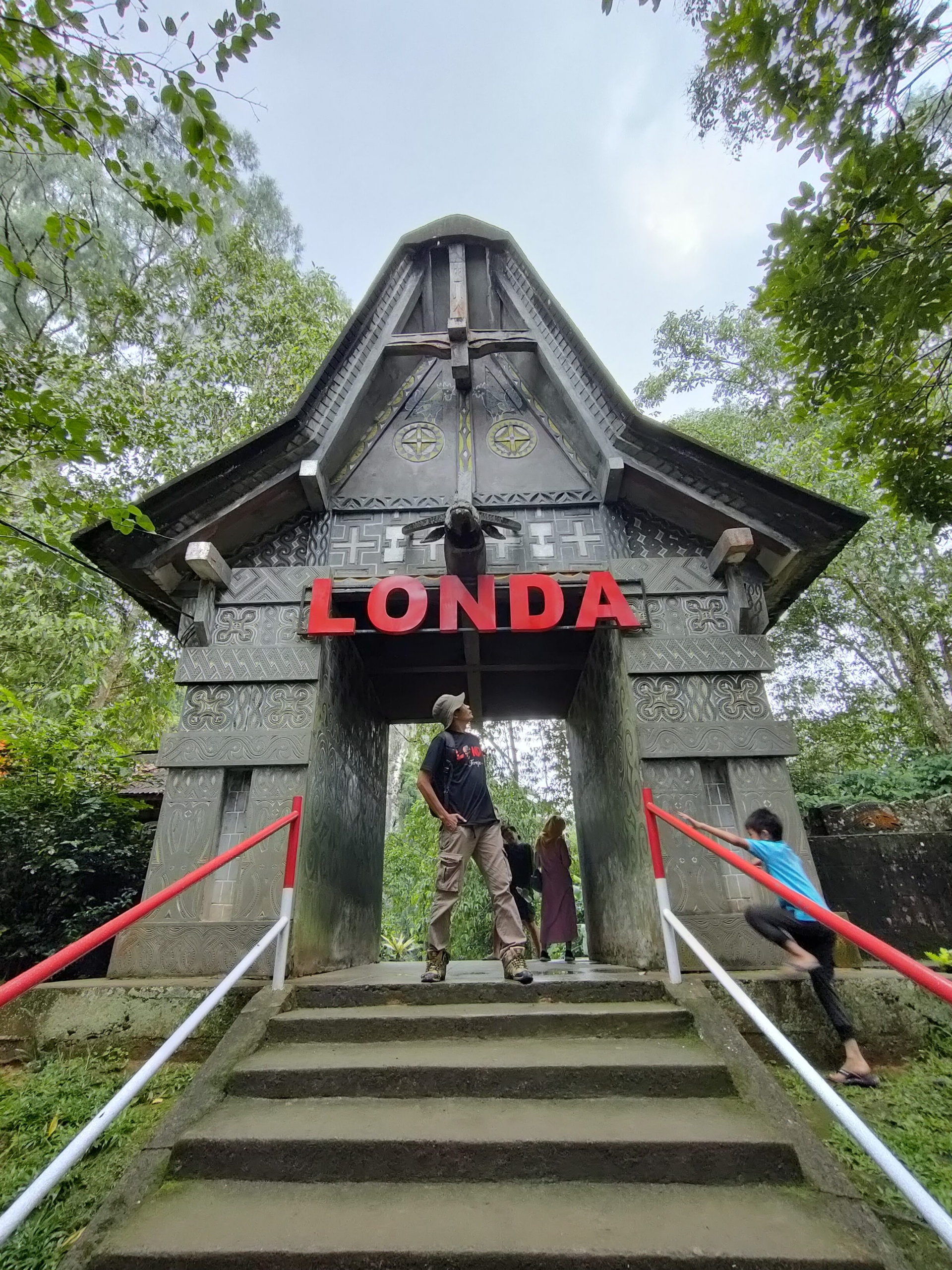
The Description: Exploring the Londa Burial Caves
Londa is not just a burial site; it is a living museum of Torajan spirituality. The area consists of two natural caves—one open-air cliff with hanging coffins and another deep cave where human skulls and bones are neatly arranged.
Visitors are often guided by local Torajan men carrying kerosene lamps, as the cave interior is dark and atmospheric. Inside, wooden coffins rest on rocky ledges, some dating back hundreds of years. The faint smell of earth and incense fills the air, giving an almost mystical sense of reverence.
Each coffin represents a noble or wealthy Torajan family, and their placement signifies their social status. The higher the coffin is placed on the cliff, the more respected the person was. Wooden effigies called Tau Tau—carved likenesses of the deceased—stand proudly on balconies carved into the rock, watching over the valley below.
These Tau Tau figures are hand-carved with incredible precision, reflecting not only the facial features of the deceased but also their attire and personality. They serve as guardians of the spirit world, symbolizing the connection between the living and the dead.
The Uniqueness of Londa Toraja
What makes Londa truly remarkable is its blend of nature, culture, and belief. Unlike most cemeteries in the world, Londa’s burial system is based on harmony between humans and the landscape. The Torajans believe that the mountains and caves are sacred pathways to Puya, the afterlife.
The hanging coffins, suspended high on cliffs or tucked inside caves, represent a desire for the souls to remain close to heaven. Each funeral is an elaborate ceremony that may last for days, featuring traditional music, buffalo sacrifices, and communal feasts.
Another fascinating aspect is that the Torajan people maintain and revisit the tombs regularly. Families return to clean the bones, replace decayed coffins, and even change the clothes of their ancestors in a ritual called Ma’nene. This intimate act of remembrance reflects the community’s deep respect for their lineage.
Photographers and anthropologists are often captivated by Londa’s combination of artistry and reverence. The carvings, textiles, and symbolic offerings create a striking visual narrative of Toraja’s worldview—where life and death are intertwined, not separated.
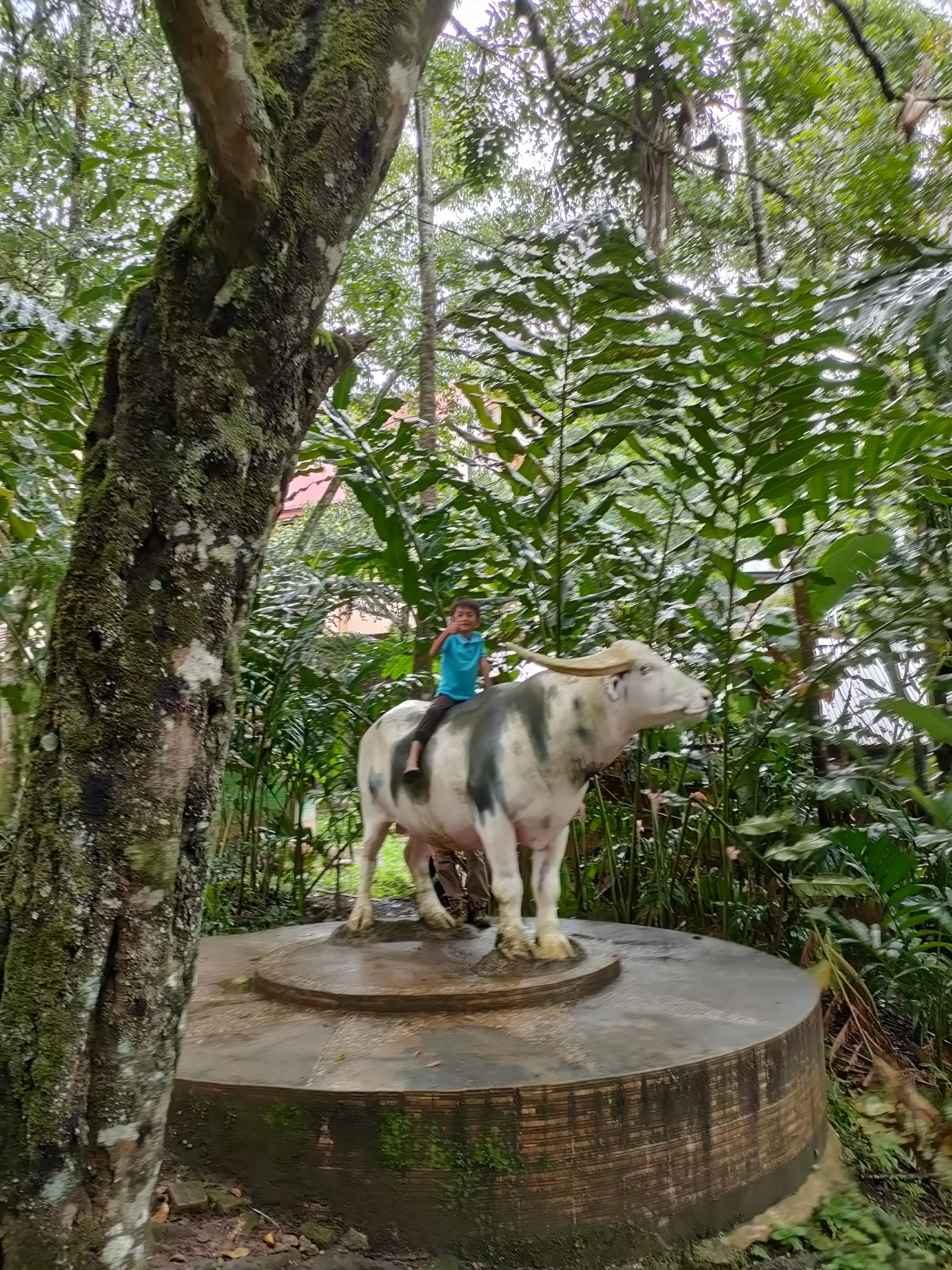
The Spiritual Significance
To understand Londa, one must also understand the Aluk Todolo, the ancient Torajan belief system. “Aluk” means “the way,” and “Todolo” means “ancestors.” This philosophy emphasizes living in accordance with ancestral laws and maintaining balance between humans, nature, and spirits.
Every aspect of Torajan life—from house building to farming and burial—is guided by these sacred principles. The caves of Londa are seen as the final resting places where souls begin their journey to eternity. For visitors, it is a powerful reminder of how culture and faith shape the way people perceive mortality.
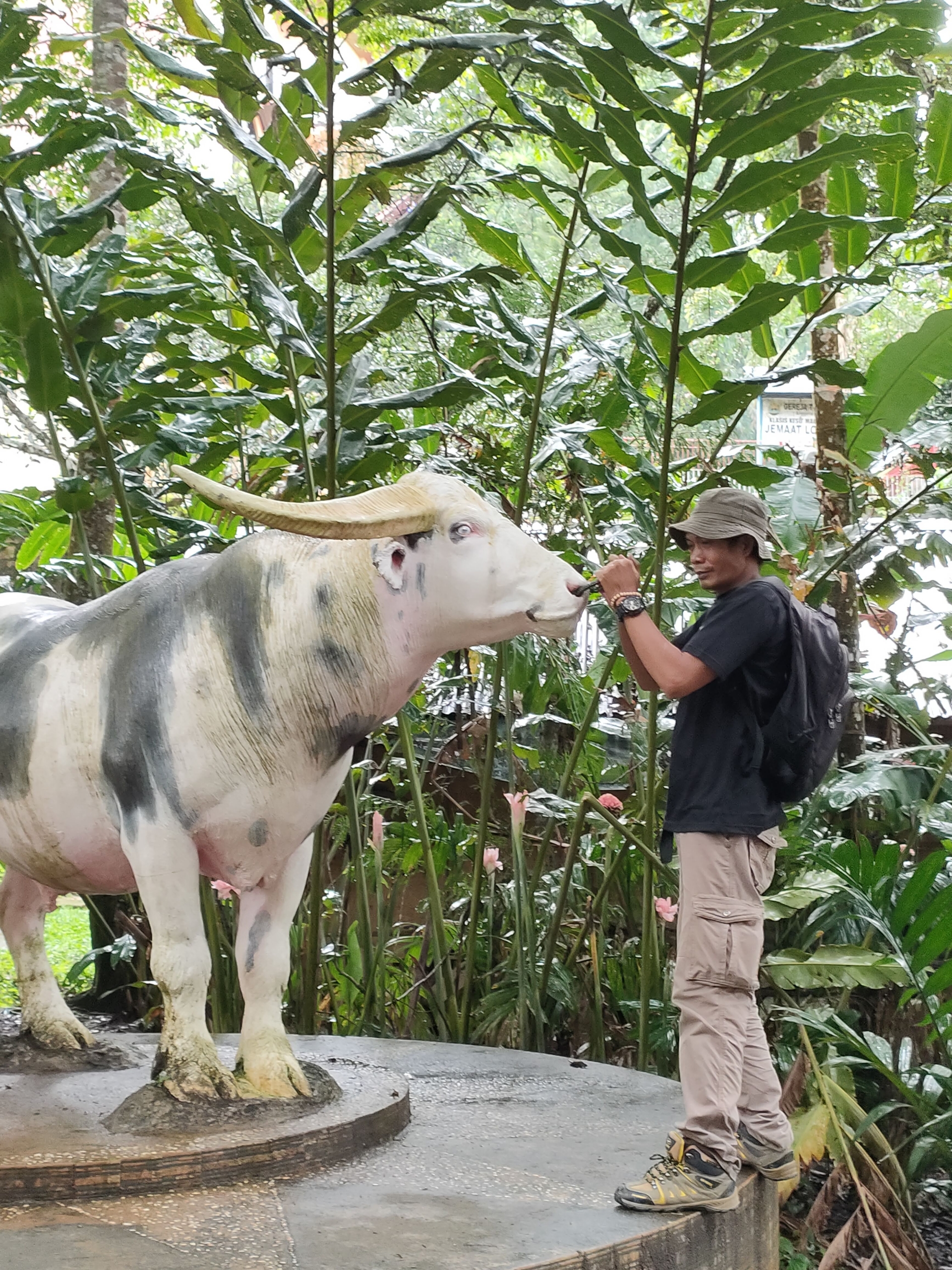
Tips for Visiting Londa Toraja
If you plan to visit Londa, here are several useful tips to make your trip comfortable and respectful:
- Hire a local guide. They can explain the meaning of the rituals, symbols, and family stories associated with each tomb.
- Bring a flashlight or use your phone light. The cave interiors are dark, and some areas can be slippery.
- Wear comfortable shoes. The terrain involves stairs, rocks, and uneven paths.
- Be respectful when taking photos. Avoid touching bones or coffins, and always ask permission before photographing locals.
- Visit during dry season (June–October). The weather is cooler and the roads are easier to navigate.
Other Destinations Near Londa
Visiting Londa is often part of a broader Toraja cultural tour. Here are some must-see attractions nearby:
Kete Kesu
Only about 5 kilometers from Londa, Kete Kesu is one of the oldest and most picturesque traditional villages in Toraja. It features rows of Tongkonan houses, rice barns, and its own cliffside graves. The village is also a center for Torajan handicrafts, including wood carvings and traditional textiles.
Lemo
Known as the “balcony of death,” Lemo is another stunning cliff burial site with dozens of Tau Tau statues gazing over the valley. It’s a striking testament to the Torajan belief that death is a continuation of life.
Batutumonga
For breathtaking views of Rantepao and the surrounding rice terraces, head to Batutumonga, located high in the mountains. The area offers hiking trails, coffee plantations, and cozy guesthouses perfect for sunrise watching.
Suaya and Tampangg’alo
These sites are royal burial cliffs dedicated to the noble families of Toraja. The carvings and architecture reflect centuries of tradition and artistry.
Lokomata Stone Graves
Near the slopes of Mount Sesean, Lokomata features massive boulders with carved tombs—an impressive example of Torajan stone artistry.
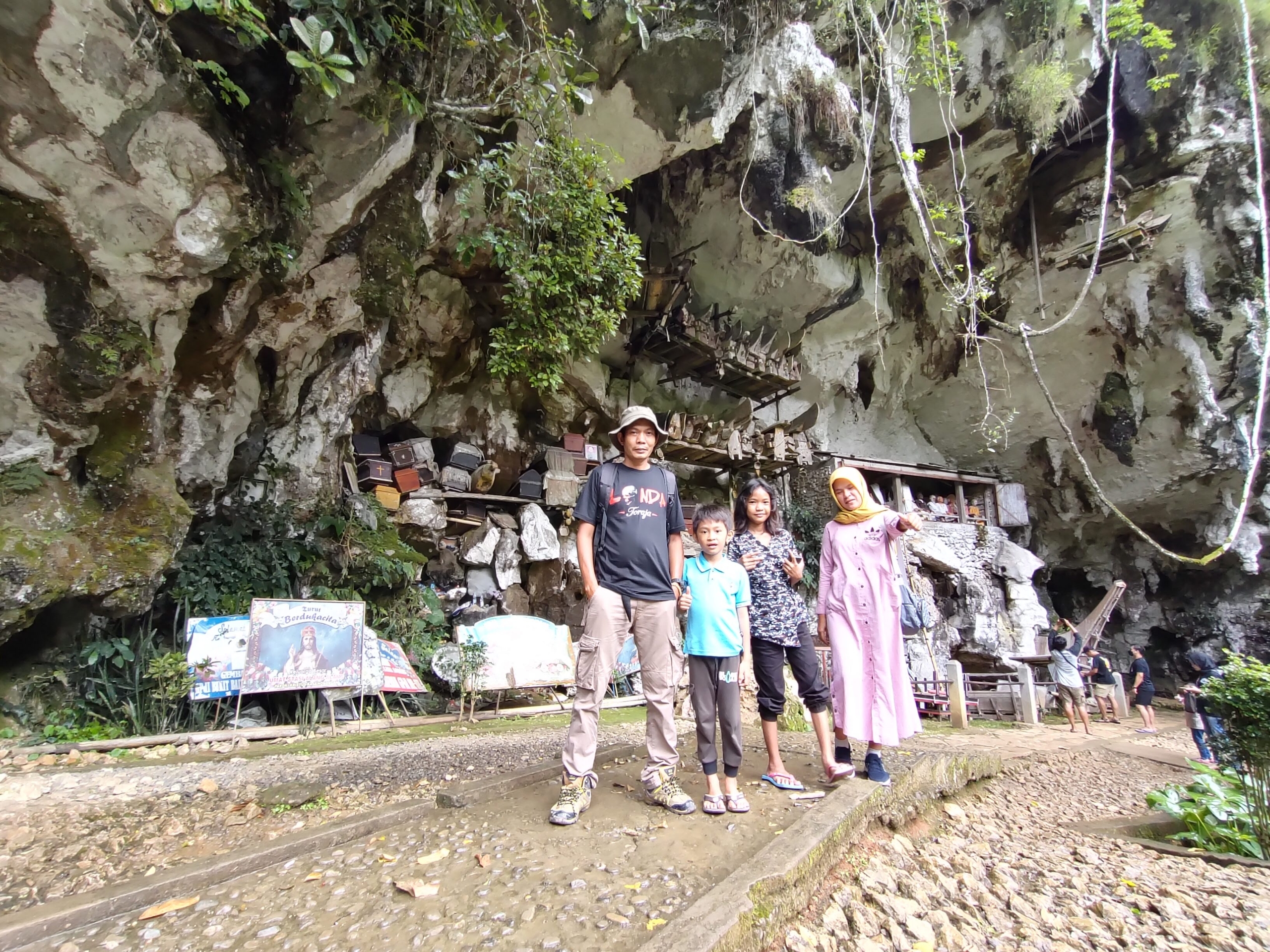
The Experience: A Journey Beyond Sightseeing
Visiting Londa Toraja is not just about seeing ancient tombs—it’s about feeling the presence of culture that defies time. The combination of misty hills, echoing chants, and timeless rituals creates a profound emotional impact.
Every detail—the intricate carvings, the aroma of incense, the respectful silence of visitors—reminds us that death, in Toraja, is not an end but a sacred transformation. For many travelers, standing before the Tau Tau statues or inside the dim caves is a moment of reflection about life’s impermanence and the beauty of remembrance.
Staying in Toraja
Rantepao offers a range of accommodations for travelers. You can choose from traditional-style Toraja Heritage Hotel, cozy guesthouses, or eco-lodges surrounded by rice terraces. Many hotels can arrange tours to Londa and other attractions, often with bilingual guides.
Local restaurants serve delicious Torajan dishes such as Pa’piong (meat cooked in bamboo), Deppa Tori’ (sticky rice cakes), and the famous Toraja coffee, known for its rich aroma and chocolatey flavor.
Preserving Londa for Future Generations
As tourism grows, the Torajan community and local authorities are taking steps to preserve Londa’s cultural and environmental integrity. Visitors are encouraged to respect local customs, avoid littering, and support sustainable tourism initiatives.
By visiting responsibly, you contribute to the preservation of this unique heritage—ensuring that the sacred stories of Londa continue to inspire future generations.
Why Londa Toraja Should Be on Your Travel List
From the moment you leave Makassar to the time you stand before the ancient cliffs of Londa, the journey is filled with wonder and meaning. The road may be long, but every kilometer brings you closer to the essence of Toraja culture—a civilization where art, faith, and nature unite in perfect harmony.
Londa Toraja is more than a destination; it’s a living spiritual landscape that invites reflection, respect, and awe. Whether you come for its mystery, its beauty, or its philosophy of life and death, one thing is certain—you will leave Toraja with a deeper appreciation for the human soul’s eternal journey.
Mungkin Anda tertarik membaca artikel berikut ini.
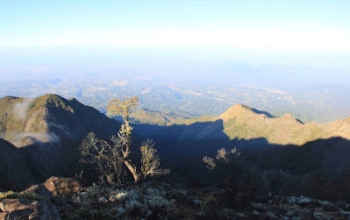
Gunung Lompobattang: Pesona Alam, Vegetasi, dan Jalur Pendakian Sang Ikon Sulawesi Selatan
Gunung Lompobattang merupakan salah satu gunung tertinggi dan paling bersejarah di Sulawesi Selatan. Berdiri megah di selatan Kota Makassar, gunung ini menyimpan keindahan alam, kekayaan flora dan fauna, serta nilai historis yang tinggi. Dengan ketinggian 2.870 meter di atas permukaan laut (mdpl), Gunung Lompobattang menjadi destinasi populer bagi pendaki ya... selengkapnya
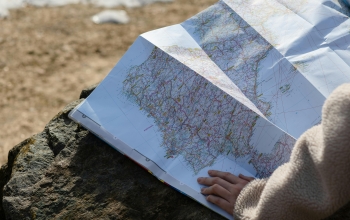
Pengetahuan Dasar Orientasi Peta dan Navigasi Darat
Orientasi peta dan navigasi darat merupakan keterampilan dasar yang sangat penting bagi siapa pun yang sering melakukan kegiatan di alam bebas, seperti pendaki gunung, pramuka, anggota pencinta alam, hingga personel militer. Pengetahuan ini memungkinkan seseorang untuk menentukan posisi, arah, dan rute perjalanan dengan tepat, meskipun berada di daerah terpe... selengkapnya
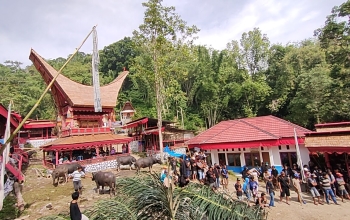
Estimated Travel Costs for the Rambu Solo Toraja Tour: 5 Days 5 Nights (For One Person)
Visiting Tana Toraja to witness the Rambu Solo ceremony is one of the most profound cultural experiences one can have in Indonesia. This traditional funeral ritual of the Torajan people is known for its grandeur, spirituality, and deep cultural meaning. Travelers from all over the world come to Toraja to observe this sacred event, as... selengkapnya
Kontak Kami
Apabila ada yang ditanyakan, silahkan hubungi kami melalui kontak di bawah ini.
-
Hotline
081316026384 -
Whatsapp
081316026384 -
Email
amiruddinemail@gmail.com

